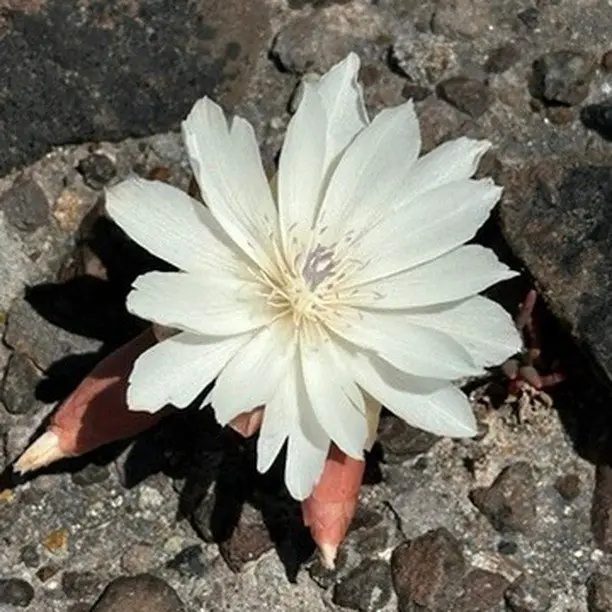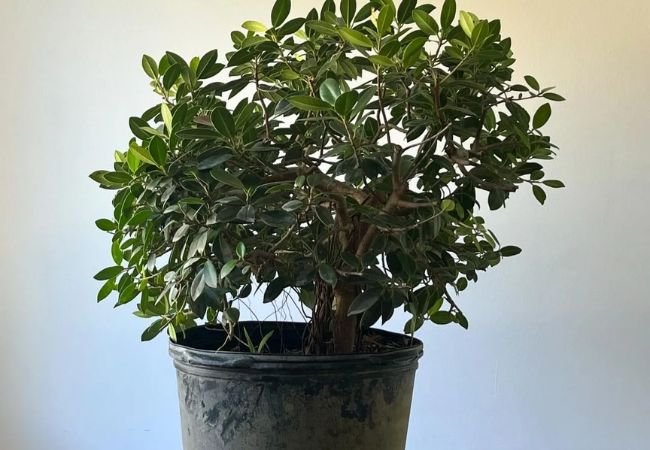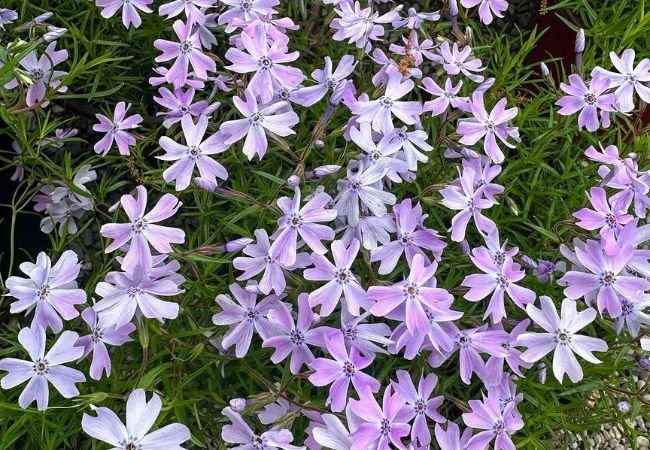The Bitterroot flower (Lewisia rediviva) is a low-growing perennial native to western North America, known for its striking pink to white blossoms and remarkable drought tolerance. It’s the state flower of Montana, with deep cultural significance to Native American tribes. This hardy plant thrives in well-drained, rocky soils and full sun conditions.
As a botanist specializing in North American native plants, I’m excited to share my knowledge about the remarkable Bitterroot flower. This guide will provide you with in-depth information about its characteristics, history, and cultivation.
Here’s a simple and verified chart with detailed information about Bitterroot Flower:
| Category | Information |
|---|---|
| Botanical Name | Lewisia rediviva |
| Common Name | Bitterroot, Bitterroot Flower |
| Plant Type | Herbaceous perennial |
| Hardiness Zone | USDA Zones 4-9 |
| Sun Exposure | Full sun |
| Soil Type | Well-drained, sandy or rocky soil |
| Watering | Low; drought-tolerant, prefers dry conditions |
| Growth Habit | Low-growing, rosette-forming |
| Height/Spread | 1-3 inches tall / 6-12 inches spread |
| Special Features | Showy pink or white flowers, native to western North America, highly drought-tolerant, blooms in late spring to early summer, low maintenance |
Introduction to the Bitterroot Flower

Botanical Information
- Scientific Name: Lewisia rediviva
- Family: Montiaceae (formerly Portulacaceae)
- Common Names: Bitterroot, resurrection flower, rock rose
Physical Characteristics
- Growth Habit: Low-growing rosette
- Height: 1-3 inches (2.5-7.6 cm)
- Leaves: Succulent, spatula-shaped, wither before flowering
- Flowers: Large (up to 2 inches across), pink to white, with many petals
- Blooming Period: Late spring to early summer
For more detailed botanical information, visit the USDA Plants Database.
Historical and Cultural Significance
Native American Usage
- Food Source: The root was an important food for many Native American tribes
- Medicinal Uses: Used to treat various ailments
- Spiritual Significance: Featured in creation stories of some tribes
Montana State Flower
- Designated as Montana’s state flower in 1895
- Represents the state’s rugged beauty and resilience
For more on the cultural history of the Bitterroot, check out the Montana Historical Society’s resources.
Natural Habitat and Distribution
- Native Range: Western North America, from British Columbia to California and east to the Rocky Mountains
- Preferred Habitat: Well-drained, gravelly or rocky soils in open, sunny areas
- Elevation: From low elevations up to subalpine zones
Growing Bitterroot Flowers
Cultivation Requirements
- Sunlight: Full sun
- Soil: Very well-draining, rocky or sandy soil
- Water: Drought-tolerant once established; minimal watering needed
- Hardiness Zones: 4-8
Planting Instructions
- Choose a location with excellent drainage and full sun
- Prepare a mix of native soil, sand, and gravel
- Plant in spring, spacing plants 6-8 inches apart
- Water sparingly after planting
Care and Maintenance
- Watering: Allow soil to dry completely between waterings
- Fertilizing: Generally not necessary in native soils
- Winter Care: Ensure excellent drainage to prevent winter rot
For tips on growing native plants, visit the Lady Bird Johnson Wildflower Center.
Propagation Methods
Seed Propagation
- Collect seeds when capsules are dry and brown
- Sow seeds in fall or early spring
- Use a well-draining medium and keep lightly moist
- Germination can be slow and irregular
Division
- Carefully divide mature plants in early spring
- Ensure each division has roots and a growing point
Ecological Importance
- Supports Native Pollinators: Attracts bees and other insects
- Adaptation to Harsh Environments: Demonstrates remarkable drought tolerance
Conservation Status
- Not currently listed as threatened or endangered
- Populations may be vulnerable to habitat loss and over-collection
For current conservation information, check the NatureServe Explorer.
Bitterroot in Garden Design
- Rock Gardens: Ideal for rocky, well-drained spaces
- Alpine Gardens: Suits high-elevation garden settings
- Native Plant Gardens: Excellent choice for showcasing regional flora
Interesting Facts
- The name “rediviva” means “brought back to life,” referring to the plant’s ability to revive after long periods of drought
- Lewis and Clark encountered this plant during their expedition, leading to its scientific name honoring Meriwether Lewis
- The Bitterroot Valley in Montana is named after this flower
Challenges in Cultivation
- Sensitive to overwatering and poor drainage
- Can be difficult to establish in garden settings
- May not thrive in humid climates
The Bitterroot flower is a testament to nature’s resilience and beauty. Its ability to thrive in harsh conditions, coupled with its stunning blooms, makes it a fascinating subject for both botanists and gardeners. While challenging to grow, successfully cultivating Bitterroot can be incredibly rewarding.
Whether you’re interested in its rich cultural history, its unique adaptations, or simply its beauty, the Bitterroot flower offers something for everyone. As we continue to appreciate and conserve our native flora, plants like the Bitterroot remind us of the incredible diversity and adaptability of nature.
For more information on native plant conservation, visit the Center for Plant Conservation.
For more gardening tips and plant care guides, visit usagardenhub.com.






